Home>Gardening & Outdoor>Plant Care & Gardening Tips>What Was The Century Plant Used For Among The Native Americans?
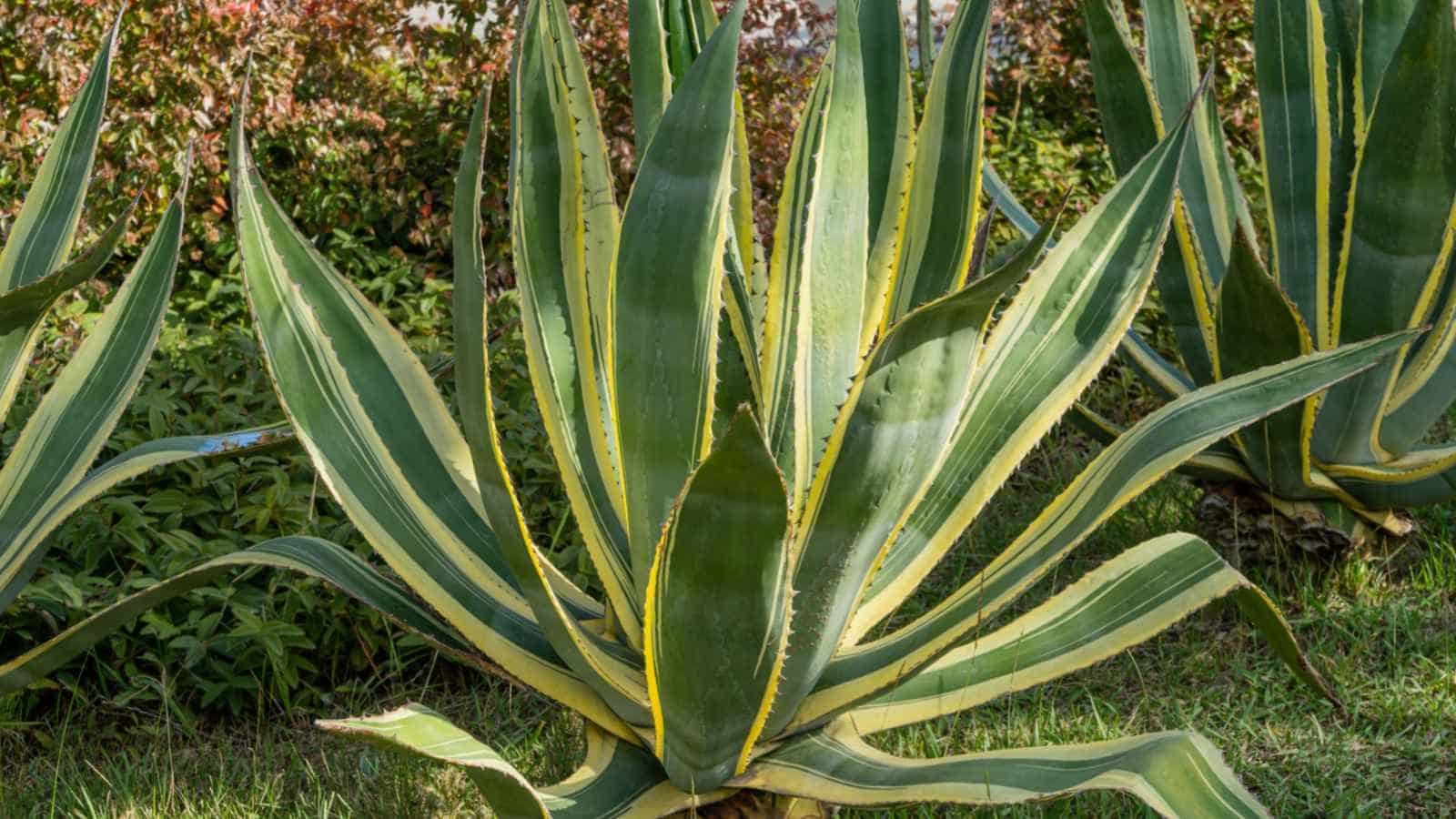

Plant Care & Gardening Tips
What Was The Century Plant Used For Among The Native Americans?
Published: December 25, 2023
Discover the traditional uses of the century plant among Native Americans and get valuable plant care and gardening tips. Explore the historical significance and practical applications of this versatile plant.
(Many of the links in this article redirect to a specific reviewed product. Your purchase of these products through affiliate links helps to generate commission for Storables.com, at no extra cost. Learn more)
Introduction
The century plant, scientifically known as Agave americana, holds a significant place in the cultural and historical tapestry of Native American societies. This remarkable plant, despite its name, typically lives for 10 to 30 years, rather than a century. However, its impact on the indigenous peoples of the Americas has endured far longer. From medicinal uses to construction materials, the century plant provided a myriad of benefits to Native American communities, shaping their daily lives and spiritual practices.
This article delves into the multifaceted role of the century plant in Native American culture, exploring its medicinal applications, culinary uses, and its role in traditional rituals and spiritual beliefs. By examining its varied uses, we gain a deeper appreciation for the profound influence of this remarkable plant on the lives of indigenous peoples across the Americas.
Key Takeaways:
- The century plant was a valuable resource for Native American communities, providing medicine, food, and materials for construction and crafting.
- It held deep spiritual significance, symbolizing resilience, endurance, and the interconnectedness of all living beings within indigenous cultures.
The Century Plant in Native American Culture
Within the rich tapestry of Native American culture, the century plant held a position of great importance. Its broad, succulent leaves and towering flower stalk made it a valuable and versatile resource for various tribes across the Americas. The plant’s widespread availability and diverse applications made it a cornerstone of indigenous life, offering solutions to a wide array of practical needs.
Native American communities utilized the century plant for medicinal purposes, as a source of food and drink, and as a vital material for crafting tools, clothing, and shelter. Additionally, the plant played a central role in traditional rituals and spiritual practices, symbolizing resilience, endurance, and the interconnectedness of all living beings.
As we delve into the specific uses of the century plant among Native American tribes, we gain a deeper understanding of the profound reverence and resourcefulness with which these communities regarded this remarkable plant.
Medicinal Uses of the Century Plant
Native American tribes revered the century plant for its potent medicinal properties, harnessing its healing potential to address a wide range of ailments. The plant’s sap, known for its antiseptic and anti-inflammatory properties, was a valuable remedy for treating wounds, burns, and insect bites. Additionally, the leaves and roots of the century plant were used to create poultices and infusions that aided in the treatment of various health issues, including digestive disorders, fevers, and respiratory ailments.
Furthermore, the century plant’s efficacy extended to its role in traditional medicine. The Zuni people, for instance, utilized the plant to alleviate coughs and colds, recognizing its therapeutic value in combating respiratory illnesses. Among the Navajo, the century plant was employed to address earaches, with its soothing properties offering relief to those afflicted by such discomfort.
Moreover, the century plant’s anti-inflammatory attributes made it a valuable resource for mitigating joint pain and arthritis, providing indigenous communities with a natural solution to these common afflictions. The Cherokee and Apache tribes, in particular, incorporated the plant into their traditional healing practices, harnessing its medicinal potential to enhance the well-being of their people.
The profound knowledge of the century plant’s medicinal benefits highlights the deep understanding that Native American cultures possessed regarding the healing properties of their natural surroundings. By employing the century plant in their traditional medicine, these communities demonstrated a profound respect for the wisdom and efficacy of nature’s remedies.
Food and Drink
Among Native American communities, the century plant served as a valuable source of sustenance, providing nourishment in the form of both food and drink. The sweet, nectar-rich sap of the century plant, often referred to as aguamiel, was a prized ingredient used in the preparation of refreshing beverages. This natural, honey-like liquid was collected from the plant’s core and consumed as a flavorful and energizing drink, offering vital hydration and a touch of sweetness to those partaking of it.
Furthermore, the century plant’s flowering stalks, known as quiotes, were harvested and roasted to create a nutritious and savory food source. The tender, flavorful hearts of the quiotes were relished as a culinary delicacy, providing sustenance and vital nutrients to Native American communities. These roasted hearts, when properly prepared, offered a satisfying and nourishing addition to the indigenous diet.
Additionally, the century plant’s leaves, when carefully processed, yielded a starchy substance that was used in the creation of nutritious and filling cakes. The utilization of this plant-derived starch enriched the culinary landscape of Native American cuisine, offering a versatile ingredient that contributed to the creation of hearty and satisfying meals.
By incorporating the century plant into their culinary traditions, Native American communities not only nourished themselves but also celebrated the abundance and diversity of the natural world. The plant’s role as a source of food and drink underscored its significance as a provider of sustenance and vitality, embodying the interconnectedness between indigenous peoples and the bountiful resources of their environment.
The Century Plant was used by Native Americans for making tools, clothing, and food. Its fibers were used for weaving, its leaves for thatching, and its sap for making food and drinks.
Fiber and Construction
The century plant played a pivotal role in meeting the construction and fiber-related needs of Native American communities, offering a sustainable and versatile resource for crafting essential items and structures. The long, sturdy fibers extracted from the leaves of the century plant, known as sisal, were utilized in the creation of various woven goods and practical items. These fibers were skillfully woven into ropes, baskets, mats, and sandals, showcasing the plant’s remarkable utility in fulfilling a diverse array of functional requirements.
Moreover, the durable and resilient nature of the century plant’s fibers made them an ideal material for constructing indispensable items such as nets and traps, facilitating hunting and fishing activities within indigenous societies. The plant’s fibers were also employed in the crafting of bowstrings and cords, contributing to the creation of essential tools and implements that supported the daily activities and livelihoods of Native American communities.
Furthermore, the sturdy and fibrous nature of the century plant’s leaves made them a valuable resource for constructing thatched roofs, providing effective protection from the elements and enhancing the durability of traditional dwellings. The plant’s leaves were skillfully woven together to form sturdy roofing materials, offering indigenous communities a reliable and sustainable solution for shelter construction.
By harnessing the century plant’s fibers for construction and crafting purposes, Native American cultures demonstrated a profound understanding of the plant’s resilience and adaptability. The plant’s integral role in fulfilling practical needs underscored its status as a revered and indispensable resource, embodying the harmonious relationship between indigenous communities and the natural world.
Read more: What Plant Did Native Americans Use For Soap
Ritual and Spiritual Significance
Beyond its practical applications, the century plant held profound ritual and spiritual significance within Native American cultures, symbolizing resilience, endurance, and the interconnectedness of all living beings. The plant’s striking appearance and remarkable ability to thrive in diverse environments made it a potent symbol of strength and adaptability, embodying the enduring spirit of indigenous communities.
Among various tribes, the century plant featured prominently in traditional ceremonies and rituals, signifying the cyclical nature of life and the interconnectedness of the natural world. Its towering flower stalk, which emerges once in the plant’s lifetime, was often regarded as a symbol of transformation and rebirth, carrying deep spiritual connotations within indigenous belief systems.
Furthermore, the century plant’s enduring presence in arid and challenging landscapes resonated deeply with Native American communities, serving as a powerful emblem of resilience and perseverance. The plant’s ability to thrive under harsh conditions inspired reverence and served as a poignant reminder of the resilience and adaptability inherent in the human spirit.
Moreover, the century plant’s role in traditional healing practices and its association with vitality and sustenance further elevated its spiritual significance. Its multifaceted contributions to the well-being and livelihood of indigenous communities reinforced its status as a sacred and revered entity, deeply woven into the fabric of Native American spirituality.
By honoring the century plant in their rituals and spiritual practices, Native American cultures paid homage to the enduring strength and interconnectedness of all life forms. The plant’s symbolic resonance extended beyond its physical attributes, embodying the profound spiritual wisdom and reverence for the natural world that characterized indigenous belief systems.
Conclusion
The century plant’s multifaceted role in Native American culture reflects the profound interconnectedness between indigenous communities and the natural world. From its medicinal applications to its significance in traditional rituals, the plant served as a testament to the resourcefulness, reverence, and spiritual wisdom of Native American cultures.
Through harnessing the century plant’s healing properties, indigenous communities demonstrated a deep understanding of the natural remedies provided by their environment, showcasing a profound respect for the wisdom of traditional medicine. The plant’s role as a source of nourishment further underscored its vital contribution to the sustenance and well-being of Native American societies, embodying the harmonious relationship between people and the bountiful resources of the earth.
Moreover, the century plant’s versatile fibers and its role in construction highlighted its significance as a sustainable and indispensable resource, providing essential materials for crafting tools, shelter, and everyday items. Its enduring presence in traditional rituals and ceremonies underscored its spiritual significance, symbolizing resilience, transformation, and the interconnectedness of all living beings.
By delving into the diverse uses and spiritual symbolism of the century plant, we gain a deeper appreciation for the profound wisdom and resourcefulness of Native American cultures. The enduring legacy of the century plant within indigenous societies serves as a testament to the deep reverence and symbiotic relationship that characterized the interactions between Native American communities and the natural world.
In exploring the multifaceted role of the century plant in Native American culture, we not only honor the enduring legacy of this remarkable plant but also celebrate the resilience, resourcefulness, and spiritual wisdom of indigenous peoples across the Americas.
Frequently Asked Questions about What Was The Century Plant Used For Among The Native Americans?
Was this page helpful?
At Storables.com, we guarantee accurate and reliable information. Our content, validated by Expert Board Contributors, is crafted following stringent Editorial Policies. We're committed to providing you with well-researched, expert-backed insights for all your informational needs.
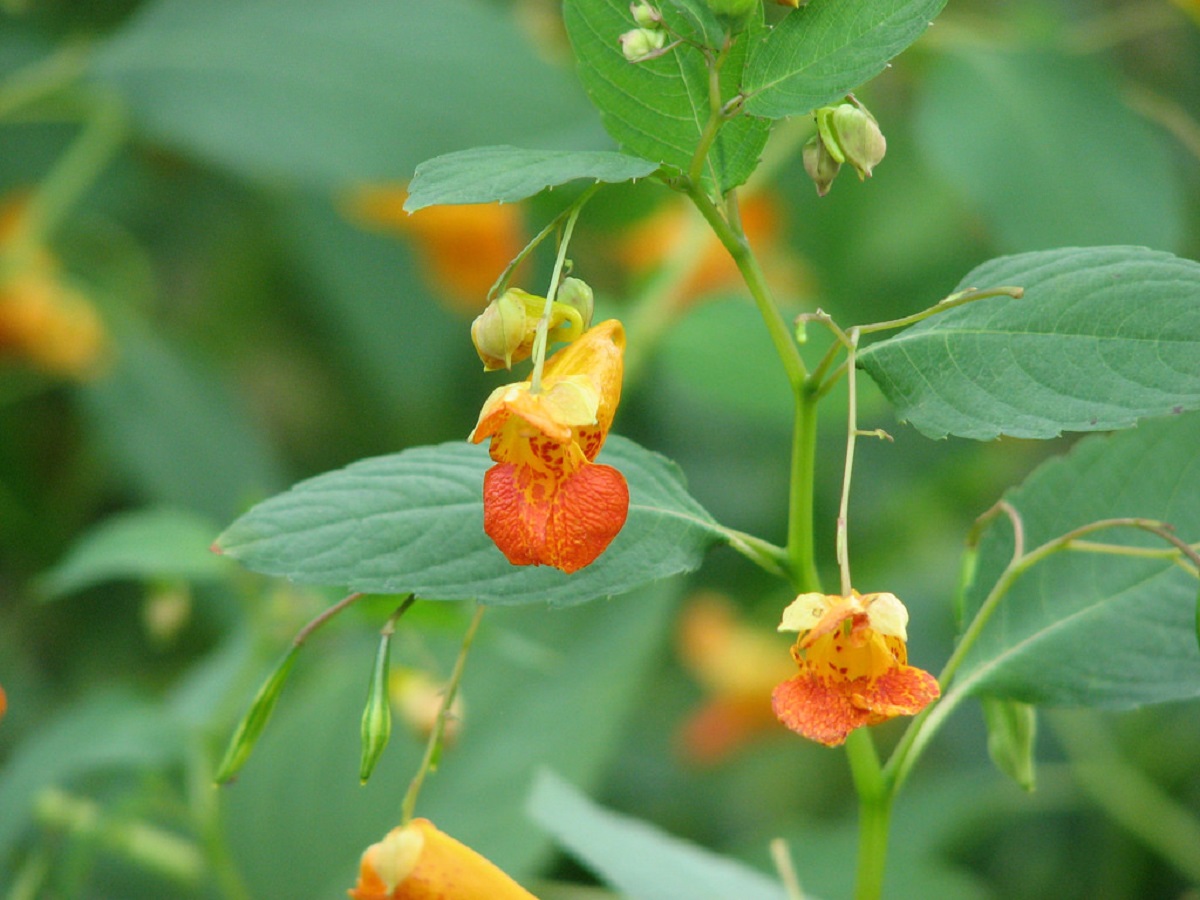
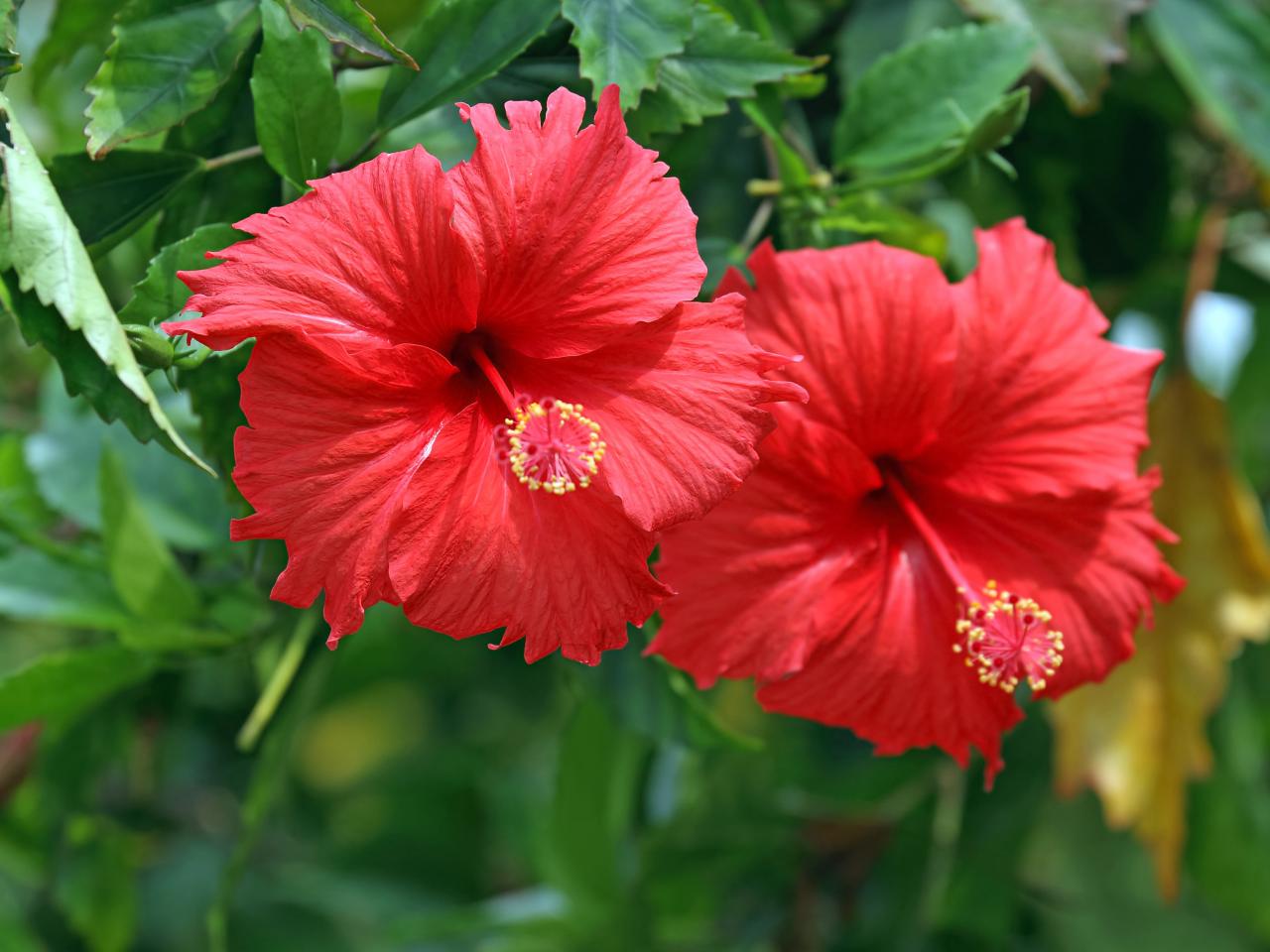
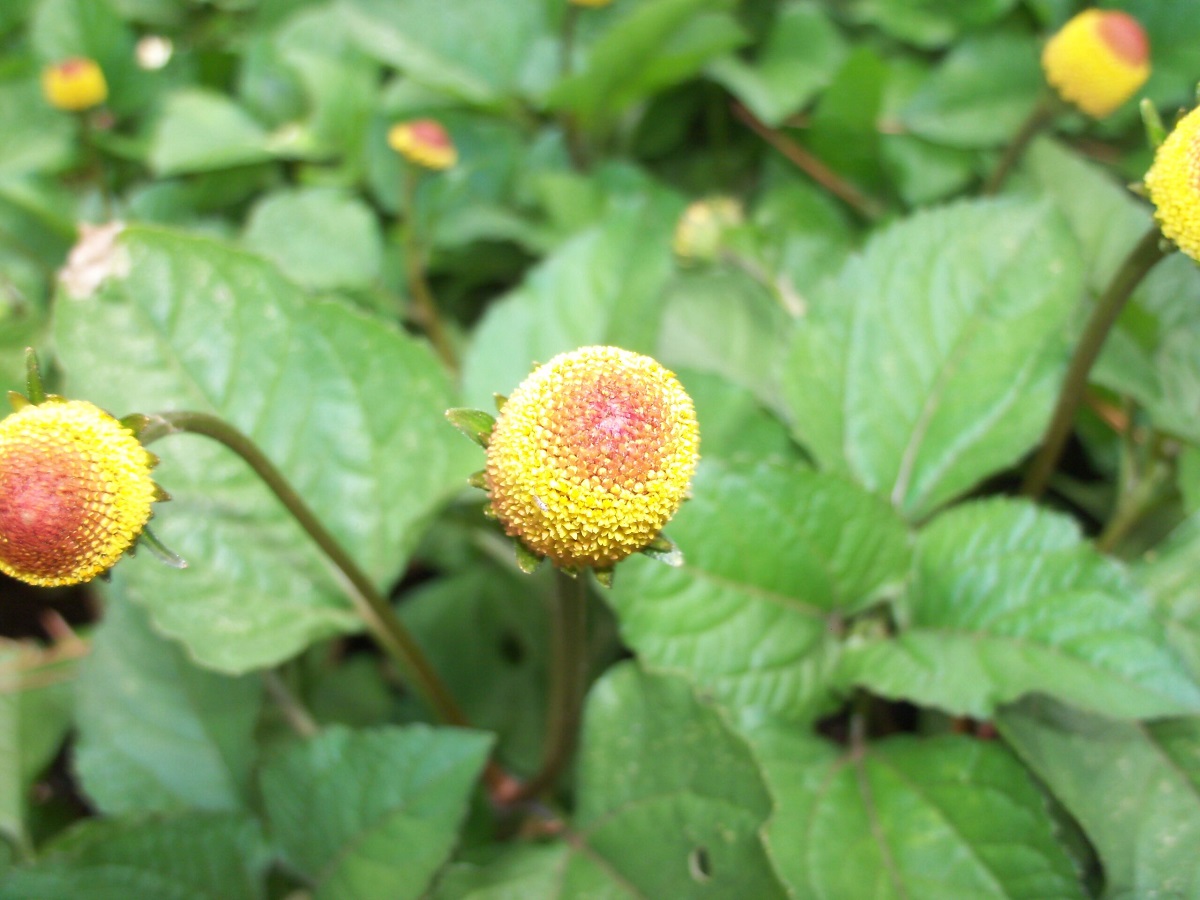
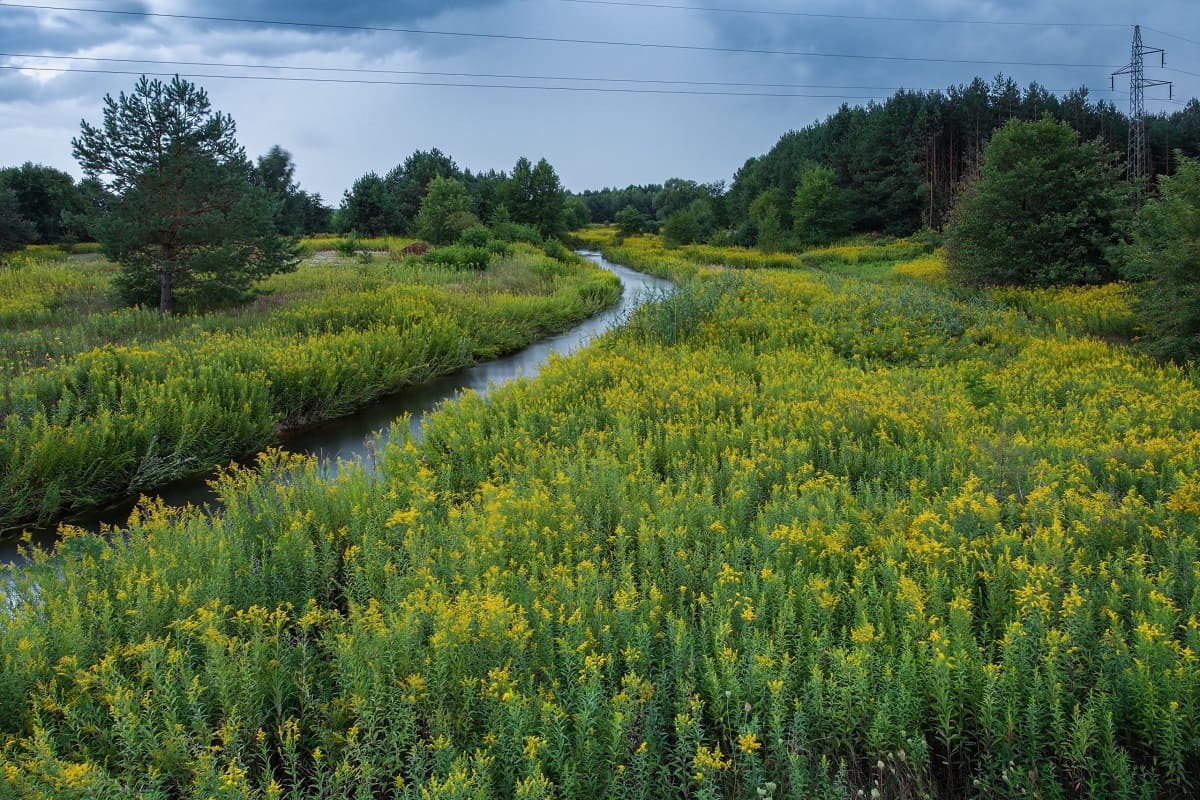
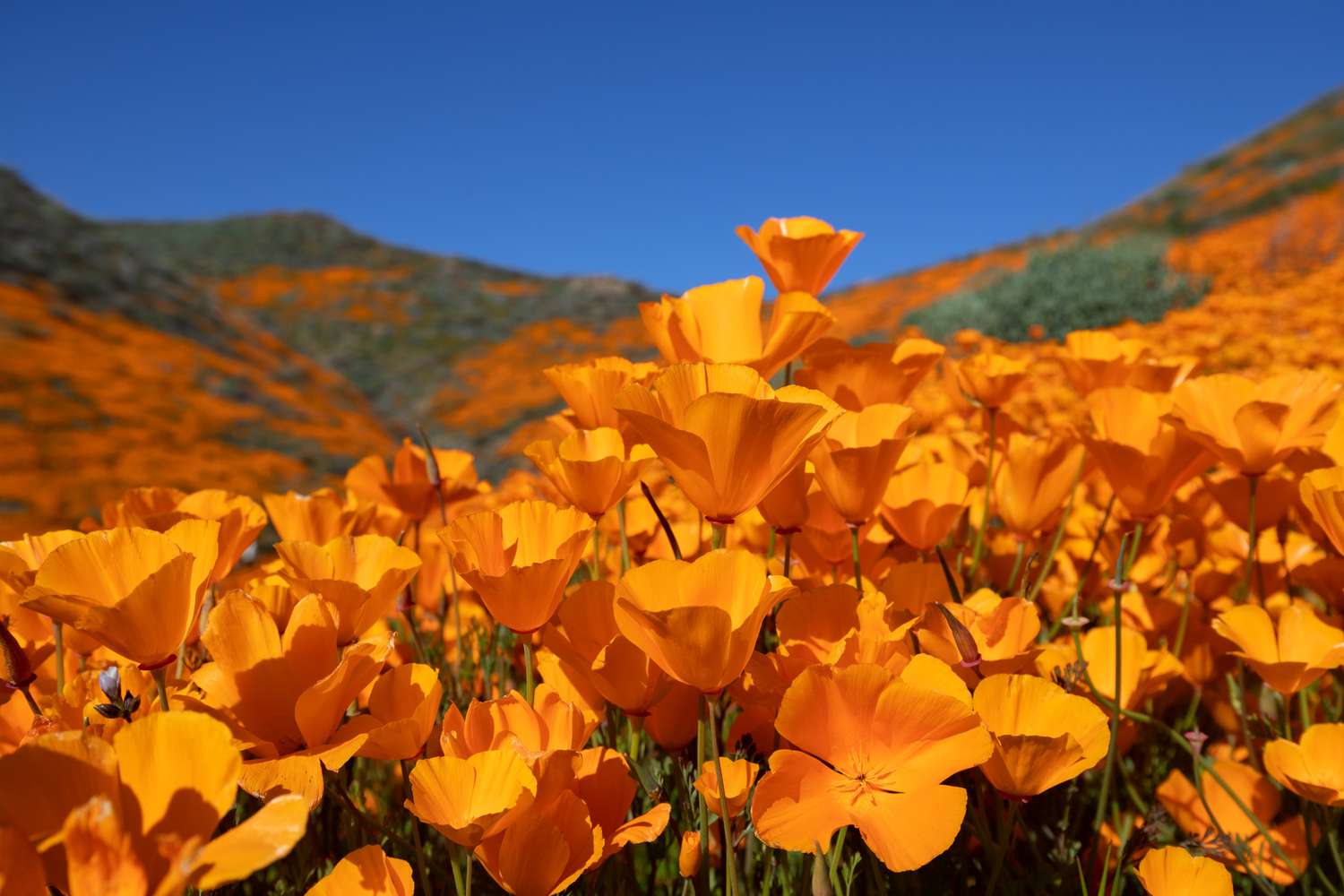
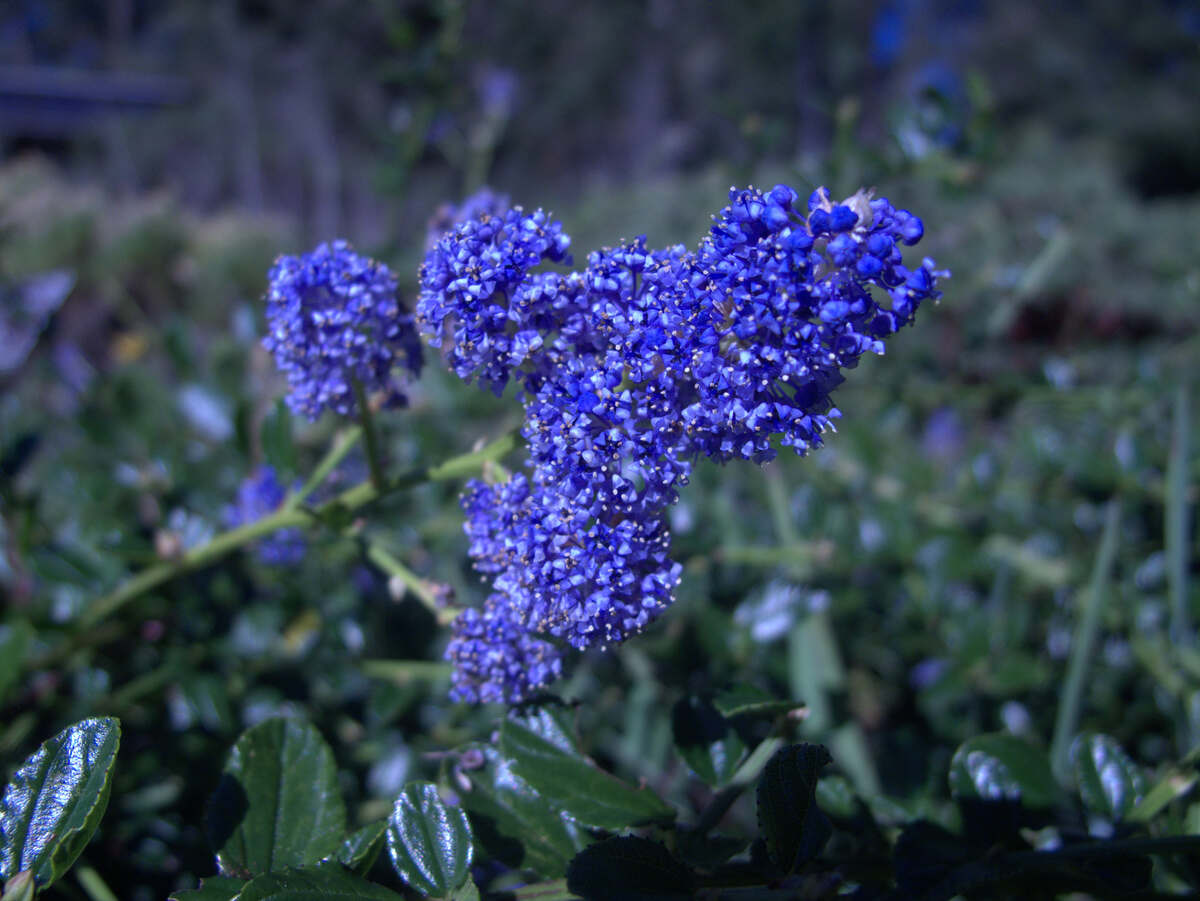
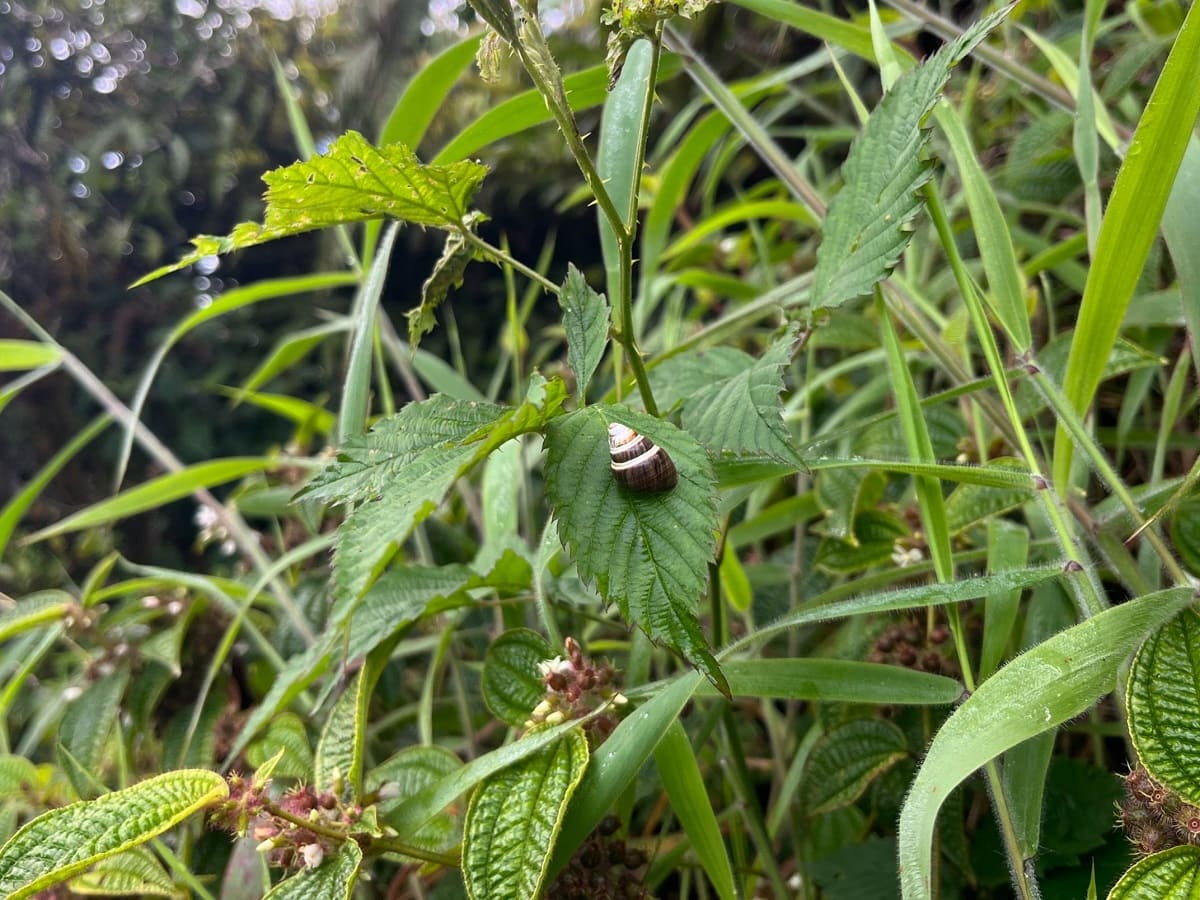
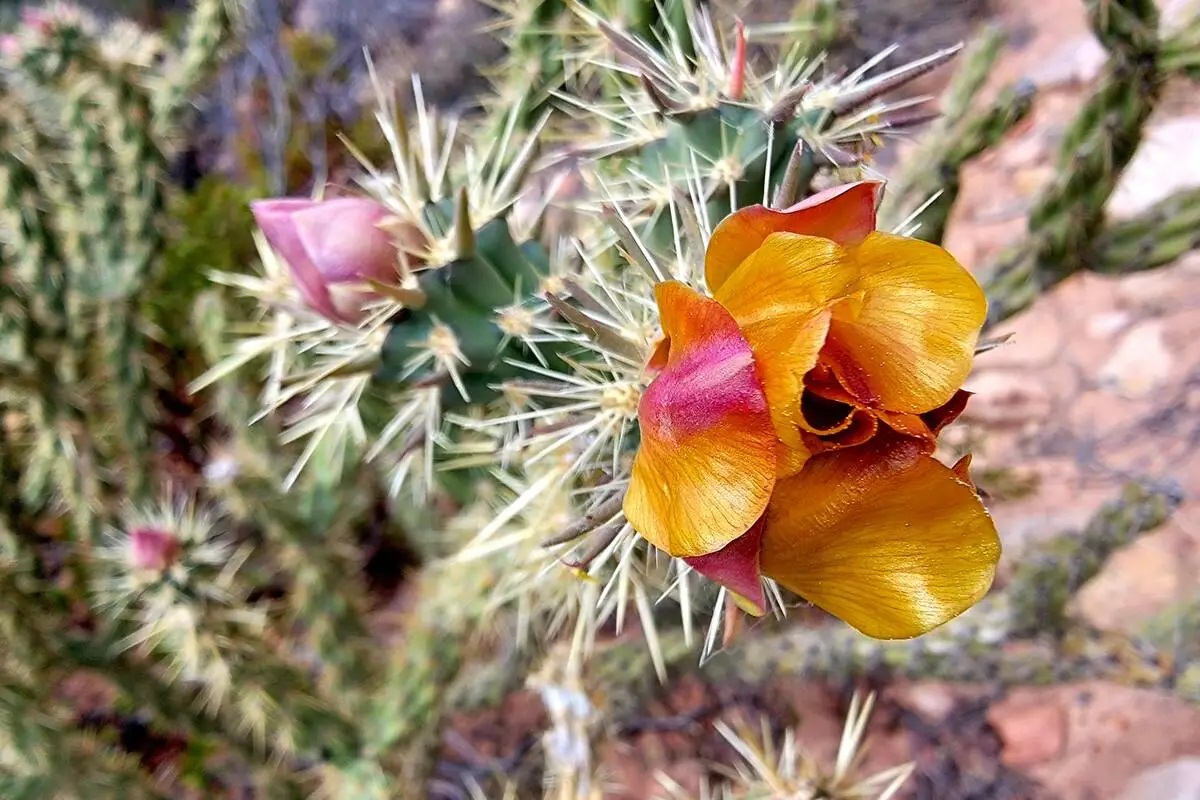
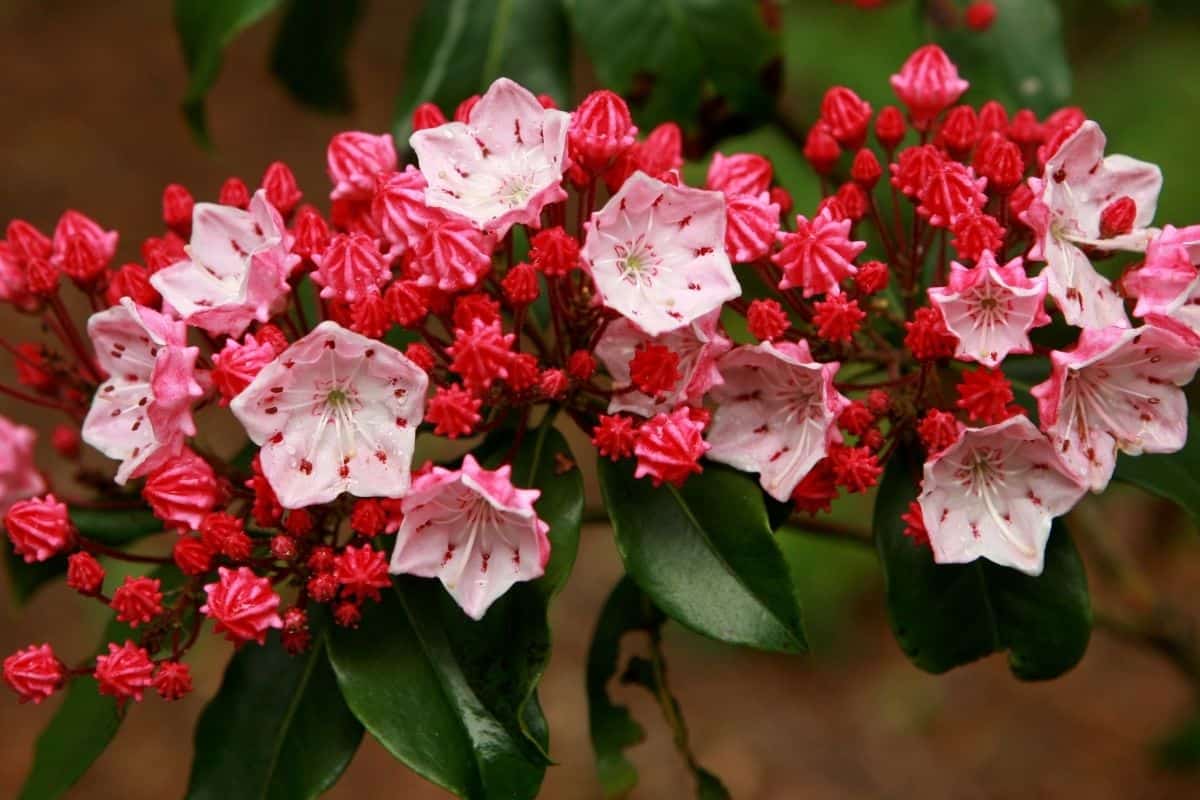
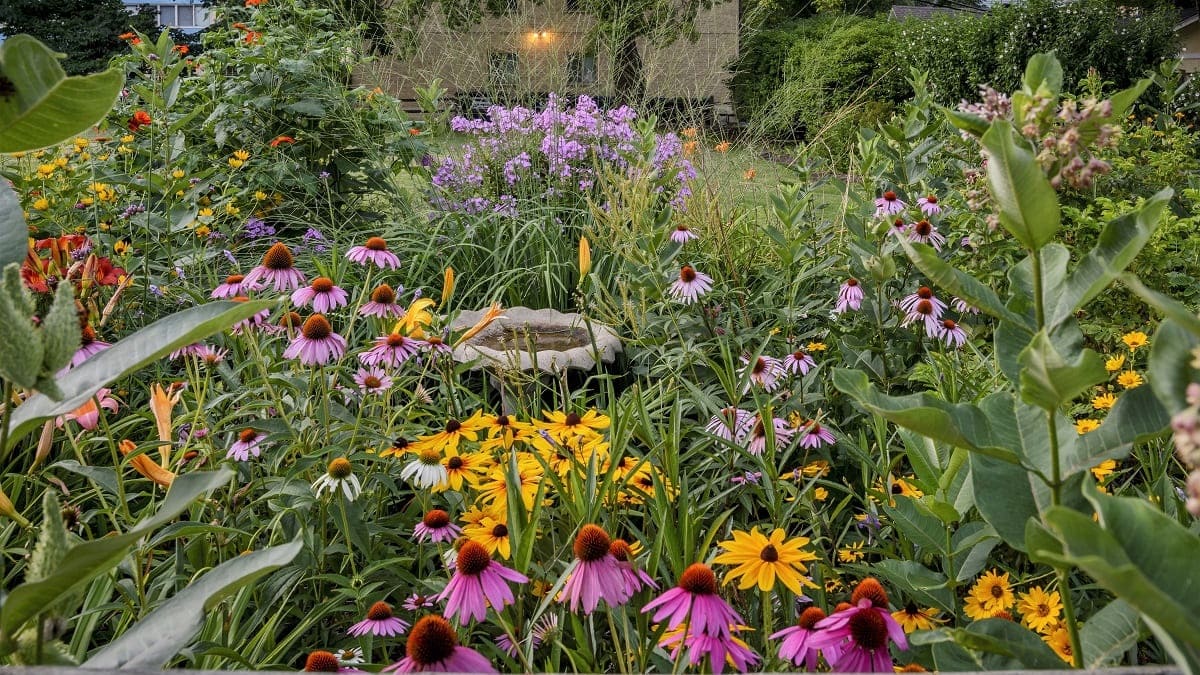
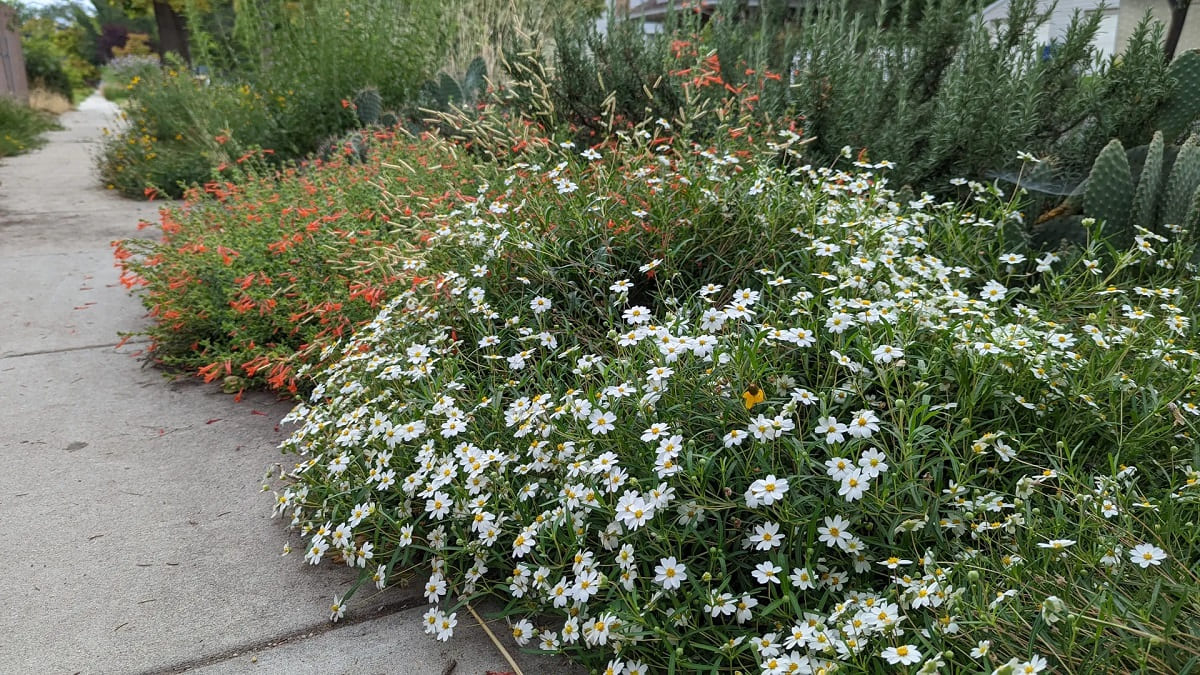
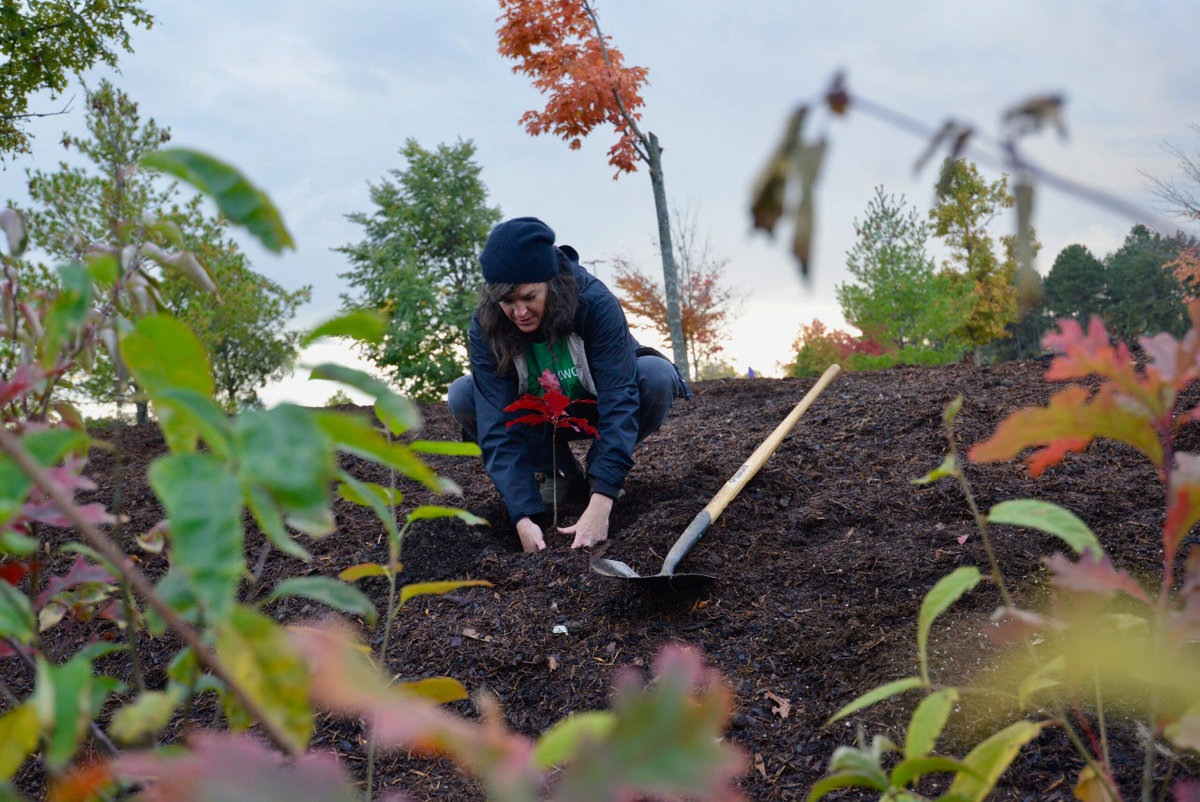
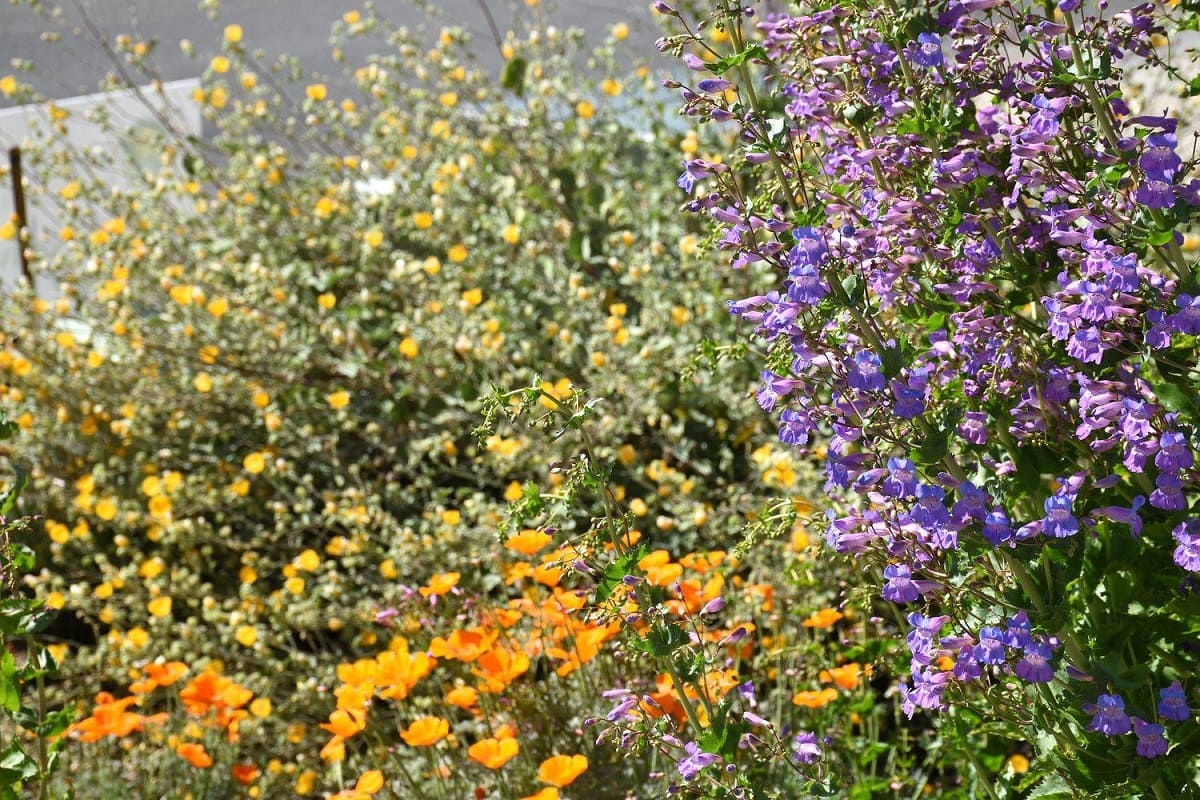


0 thoughts on “What Was The Century Plant Used For Among The Native Americans?”